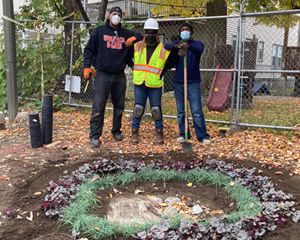
Equitably Funding Community-Led Climate Action
Elevating and empowering the communities most often impacted by climate change to fund and implement solutions on their terms.
Dianne Hills is the executive director of My Brother’s Table, a soup kitchen and service agency serving low-income residents in Lynn, on the North Shore of Massachusetts. Through her work, she has witnessed the disproportionate burden the residents of her city bear when it comes to climate impacts. Extreme heat has been especially harmful for the community.
“I’ve been a part of a group working on climate change adaptation and resilience, particularly around responding to extreme heat events in our community,” Hills says. “In Lynn, we have many people who are high risk for heat-related illnesses because of existing conditions. It doesn’t help that our city’s characteristics—sparse vegetation, heat-absorbing infrastructure and lack of access to air conditioning—put residents at additional risk.”
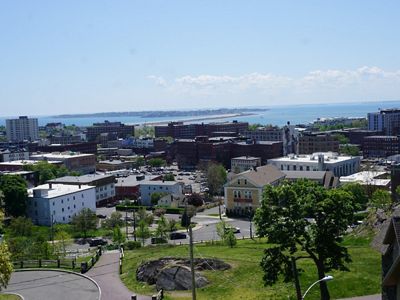
Communities and Climate Challenges
Hills' community isn’t the only one facing challenges from the effects of climate change. Recent years have brought people across Massachusetts and beyond face-to-face with the current and future realities, from heat stress and poor air quality to extreme weather and flooding. The impacts of these kinds of events are not felt equally by all. Areas with significant low- to moderate-income communities often face more intense climate impacts and they don’t always have the resources available to manage them or recover after an event.
Residents of frontline communities like these are rarely included in conversations and decisions about the resources and solutions needed to address climate change impacts. Yet, they are the witnesses to what’s happening on the ground—their lived experiences and perspectives are critical. Since we must build a more resilient future for all, it is essential for communities to have authority over decisions that affect them.
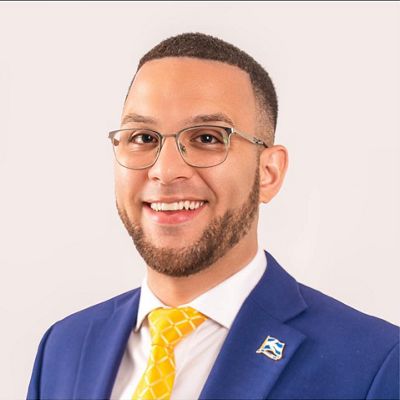
“When residents and community are a part of the decisions about their surroundings, it brings ownership and purpose,” says Jonathan Guzman, former external affairs manager at Groundwork Lawrence, a nonprofit focused on building a healthy community in the city of Lawrence through engagement with all residents. “They feel empowered to improve quality of life and build healthier communities.”
Weaving Equity Into Climate Funding
It’s not just about developing equitable solutions and resources for climate adaptation—equity needs to be a part of how resources get allocated to implement solutions. Organizations like Groundwork Lawrence, My Brother’s Table and countless others who are embedded in addressing the challenges their communities face haven’t always been invited to or included in the critical convening of local leaders that shape the funding and tools for addressing the causes and impacts of climate change. The funding that is available is often hard for low- to moderate-income communities to access and has restrictions or requirements that can make it harder for community-based organizations to meet their unique combination of needs, opportunities and challenges.
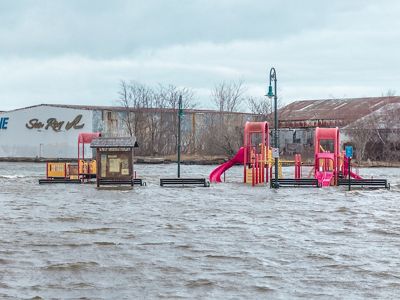
Given Massachusetts’ commitment to addressing climate change—with robust 2030 and 2050 targets, plans and policies—it is essential that equity is front and center throughout the process of developing and implementing solutions. In working alongside the state toward these climate goals, The Nature Conservancy, other environmental organizations and community-based organizations noticed the gap in state initiatives to effectively meet the climate funding needs of communities.
“Current funding and programs for climate mitigation and adaptation often reinforce structural racial and economic inequalities in the state,” says Emma Gildesgame, climate adaptation scientist for TNC in Massachusetts. “So, we partnered with community-based, equity-focused, grassroots organizations to learn from their first-hand experiences and knowledge and start working differently to get better results.”
Quote: Steve Long
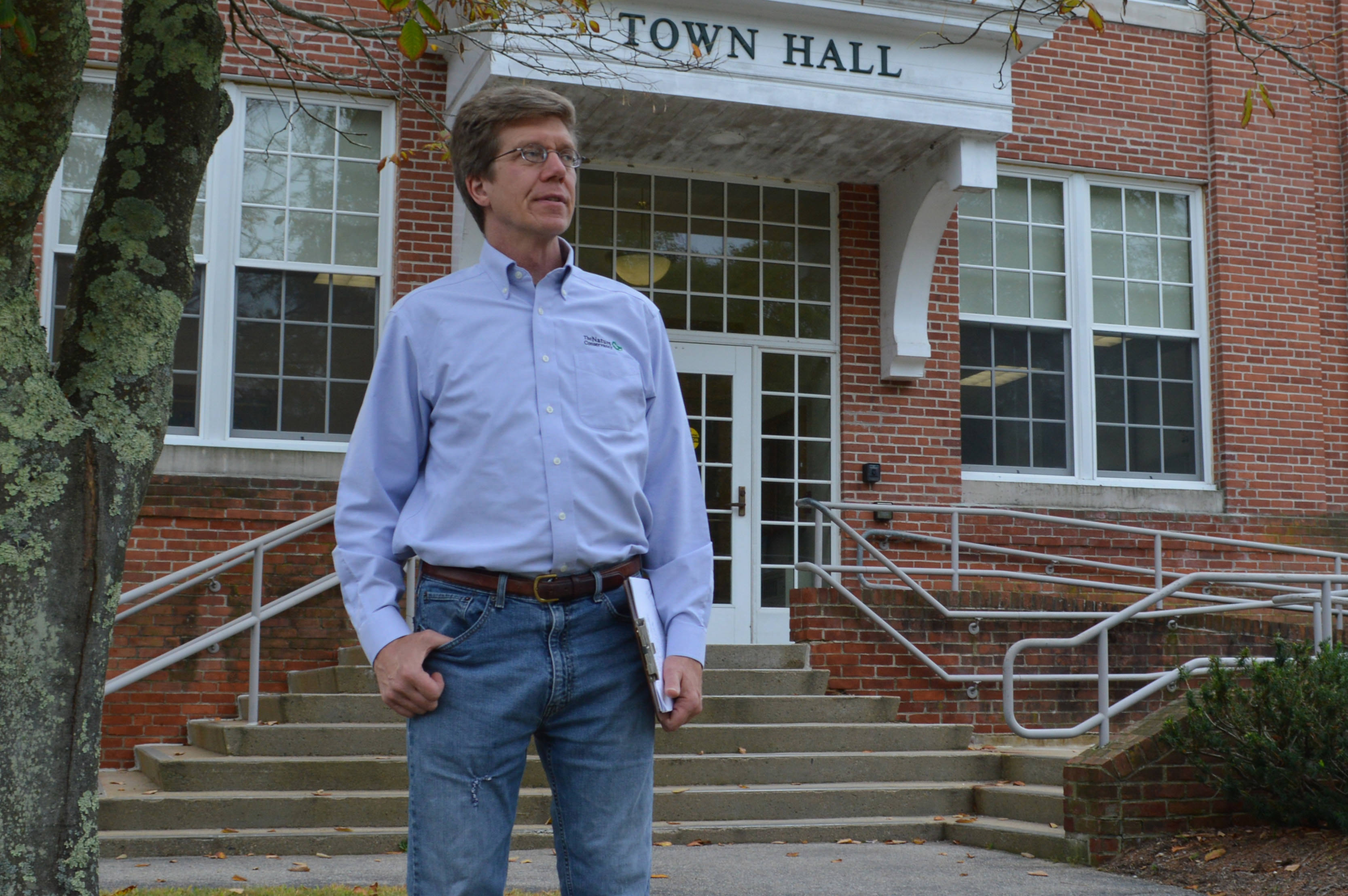
It was critical for us to source solutions from communities, collaborating, co-creating and iterating on the process as we went.
Equitable Partnerships and Processes
Since 2019, a core team of conservation, environmental justice and community advocacy organizations—convened by TNC—has come together with the goal of securing additional funding for community-based solutions to address the causes and impacts of climate change. In direct partnership with community organizations and residents, the core team assessed the existing funding gaps and identified opportunities to improve what’s already in place.
A funding consultant also generated several proposed solutions for equitable and sustainable funding. The team then settled on a solution that places a fee on real estate property insurance, which would fund initiatives that provide benefits to communities and strengthen their health and well-being.
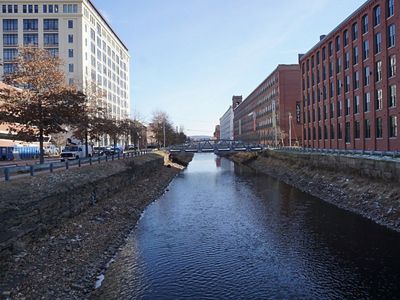
“It was critical for us to source solutions from communities, collaborating, co-creating and iterating on the process as we went,” says Steve Long, director of policy and partnerships for TNC in Massachusetts. “We built those relationships with the help of an equity consultant—the Institute for Sustainable Communities—to develop an equitable process, build frameworks for power-sharing and making consensus-driven communal decisions, and learn to work at the pace of trust.”
“Our goal was to take a holistic, people-centered approach,” adds Gildesgame.
The core team developed a legislative proposal, as well as a series of actionable recommendations that bring the findings of this collaborative effort to a broad audience of policymakers from the state, nonprofits and others working on climate justice.
Some of the community-driven solutions identified through the process include:
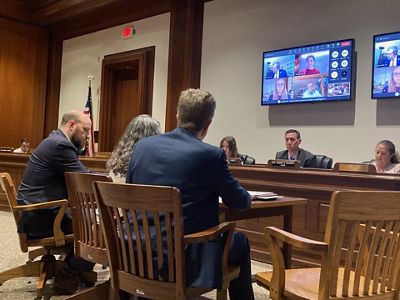
Putting Ideas into Action Through Policy
The core team drafted the legislative proposal in partnership with state Senator Sal DiDomenico and Representatives Natalie Blais and Patricia Duffy. The draft bill was shared with community partners for additional review—they provided critical input on all elements of the proposed legislation, which included concerns about how the funding mechanism would be set up, funding distribution and accountability, ensuring collaboration with community through in-person engagements and representation at all levels of the process, sharing information on programs with communities once they’re in place and more.
The final bill—An Act establishing sustinable and equitable funding for climate change adaptation and mitigation—was filed with both the Massachusetts Senate and House of Representatives in February 2023 and was referred to the Environment and Natural Resources (ENR) Committee. The core team testified at a public hearing in May 2023 at which Dianne Hills was recognized by her representative, who co-chairs the ENR Committee. The core team spent the remainder of 2023 getting legal advice on the bill and focusing on fine-tuning it. The Committee decided not to move the bill forward during the 2023-2024 legislative session, which is common for high impact bills the first time they are introduced.
Through the end of 2024, the core team focused on building a broader constituency in support of the bill. The bill has been introduced in the current 2025-2026 legislative session. Advocates of the recommendations and legislation are still moving forward the findings and recommendations embodied in the bill to influence policy, projects and collaboration across Massachusetts and beyond.
The Proposed Legislation Would:
- Generate long-term, sustainable revenue for climate adaptation and mitigation in Massachusetts through a small fee on real estate property and casualty insurance.
- Establish the Climate and Community Resilience Trust Fund, dedicated to equitably supporting solutions for residents and communities.
- Establish a board comprised primarily of environmental justice and community-based organizations to make decisions on how the money would be administered, as well as what priority strategies and actions would receive funding.
- Focus support for community-identified planning and implementation of climate solutions, particularly in communities disproportionately burdened by environmental injustices.
Process Deep Dive
Equitable Decision-Making
Bringing community-based and environmental justice (EJ) partners to the table was a critical first step of this initiative, but a truly equitable process required the whole group to develop and agree to equitable processes to share power and center underrepresented voices.
Defining key terms, including equity, ensured that the team shared a common language and purpose. The core team, with support from equity consultants at the Institute for Sustainable Communities and with inspiration and language from environmental justice leaders in Massachusetts and beyond, agreed to a shared definition of equity:
Climate funding, including the process of identifying existing funding, funding allocation, program implementation and revenue generation mechanisms to fund climate mitigation, adaptation and resilience strategies, and solutions, shall utilize a people-centered approach that centers human health, social and economic well-being; impacted communities; low- to moderate income and low-wealth residents; and English isolated residents.
A series of “guardrails” established the non-negotiable elements of both the process and the outcomes of the project. These included a commitment to reject outcomes that exacerbate harm to communities, upholding decision-making frameworks that protect and elevate the voices of impacted communities, and providing appropriate compensation for community members and organizations contributing to the project.
A series of “guidelines” provided an aspirational set of goals and desired outcomes that the team strives for and looks to maximize. These addressed both process and outcomes, including regarding transparency, giving small community-based organizations flexibility in grant administration and prioritizing intersectional approaches which reduce silos between program areas and support innovative solutions.

Sign Up for Our E-Newsletter
Get updates on initiatives like this and many others in a monthly email.

